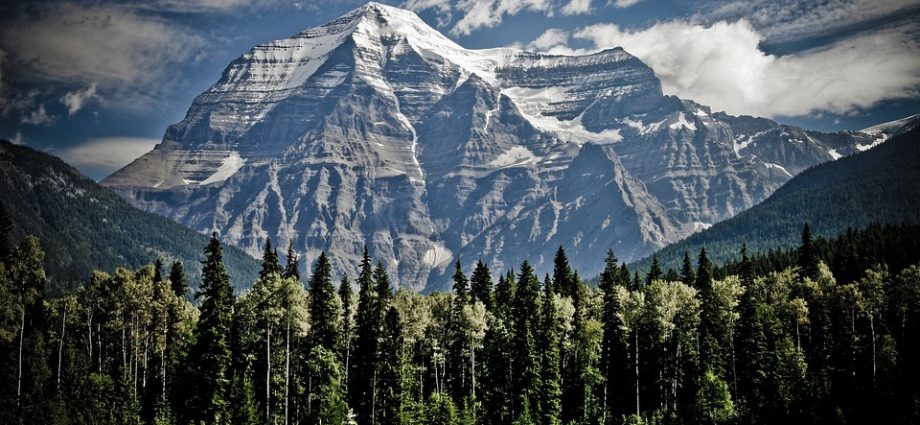Canada is not just a picturesque country known for its natural beauty, but it is also a world leader in immigration and refugee policy. Canada is a prime example of a successful country not only because it has a diverse population, but because it has a well-planned immigration system in place to manage the influx of immigrants and the resettlement of refugees. In this article, we will explore Canada’s approach to immigration and refugees in detail, along with the top 10 tourist attractions located in Canada.
Immigration and Refugee Policy
Canada has a reputation for being an inclusive and welcoming country, and its immigration policy plays a significant role in shaping this reputation. The country has accommodated millions of immigrants and refugees over the years, and its policies are a model for other countries to emulate. The Canadian approach to immigration emphasizes family reunification, economic growth, and support for refugee resettlement.
Immigration Categories
There are different categories of immigration in Canada that people can use to enter the country legally. These categories include:
1. Economic immigration: This category is for individuals who wish to move to Canada for work. It includes the Federal Skilled Worker (FSW) Program, the Federal Skilled Trades Program, the Canadian Experience Class (CEC), and the Provincial Nominee Program (PNP).
2. Family sponsorship: Canadian citizens and permanent residents can sponsor their family members to come to Canada under this category. The individuals who can be sponsored include spouses, dependent children, parents, and grandparents.
3. Refugee and humanitarian immigration: This category includes the resettlement of refugees, asylum seekers, and other individuals who are seeking protection in Canada.
4. Other immigration: This category includes individuals who are coming to Canada for reasons such as education, visiting, and medical treatment.
Refugee Resettlement
Canada has a commendable record of accepting refugees and providing assistance with their resettlement. The country operates a refugee resettlement program that is recognized as one of the best in the world. Canada works with the United Nations High Commissioner for Refugees (UNHCR) to identify and resettle refugees. The Canadian resettlement program prioritizes refugees who are most vulnerable, such as women, children, and those who are at risk of persecution or violence.
Integration
Immigrant integration is a crucial part of Canada’s immigration policy. The Canadian government provides support to newcomers to help them integrate into Canadian society. This support includes language classes, employment services, and community programs.
FAQs
1. How does Canada’s immigration system work?
Canada’s immigration system works on a points-based system. Individuals are assessed based on factors such as their education, work experience, language proficiency, and age. The individuals who score the highest on their assessment have a better chance of being selected for immigration.
2. Are refugees welcome in Canada?
Yes, refugees are welcome in Canada. The Canadian government works closely with the UNHCR to identify and resettle refugees. The country has a refugee resettlement program that prioritizes the most vulnerable refugees.
3. How does Canada support immigrant integration?
Canada supports immigrant integration by providing language classes, employment services, and community programs. The government also funds settlement services that help newcomers adjust to life in Canada.
Top 10 Tourist Attractions in Canada
1. The Canadian Rockies: The Canadian Rockies is a beautiful mountain range located in western Canada. It is a popular destination for hiking, skiing, and sightseeing.
2. Niagara Falls: Niagara Falls is a world-famous waterfall located on the border between Canada and the United States.
3. Banff National Park: Banff National Park is a national park located in Alberta, Canada. It is known for its natural beauty and is a popular destination for hiking and skiing.
4. Toronto: Toronto is the largest city in Canada and is known for its cultural diversity, food scene, and sports teams.
5. Montreal: Montreal is a vibrant city in Quebec, Canada. It is known for its French influence, food scene, and nightlife.
6. Quebec City: Quebec City is the capital city of Quebec and is known for its history, architecture, and cultural events.
7. Vancouver: Vancouver is a coastal city in British Columbia, Canada. It is known for its beautiful scenery, outdoor activities, and food scene.
8. The Canadian Museum of History: The Canadian Museum of History is a museum located in Gatineau, Quebec. It is known for its exhibitions on Canadian history and indigenous cultures.
9. The CN Tower: The CN Tower is a landmark tower located in Toronto, Canada. It is a popular tourist attraction and offers panoramic views of the city.
10. The Canadian Museum for Human Rights: The Canadian Museum for Human Rights is a museum located in Winnipeg, Manitoba, Canada. It is known for its exhibitions on human rights and social justice issues.
In conclusion, Canada’s immigration and refugee policy is a model for other countries. The country’s approach to immigration emphasizes family reunification, economic growth, and support for refugee resettlement. Canada’s success in immigration has contributed to its cultural diversity and is a significant factor in shaping its reputation as a welcoming and inclusive country. Additionally, Canada offers many world-class tourist attractions that are worth visiting.
